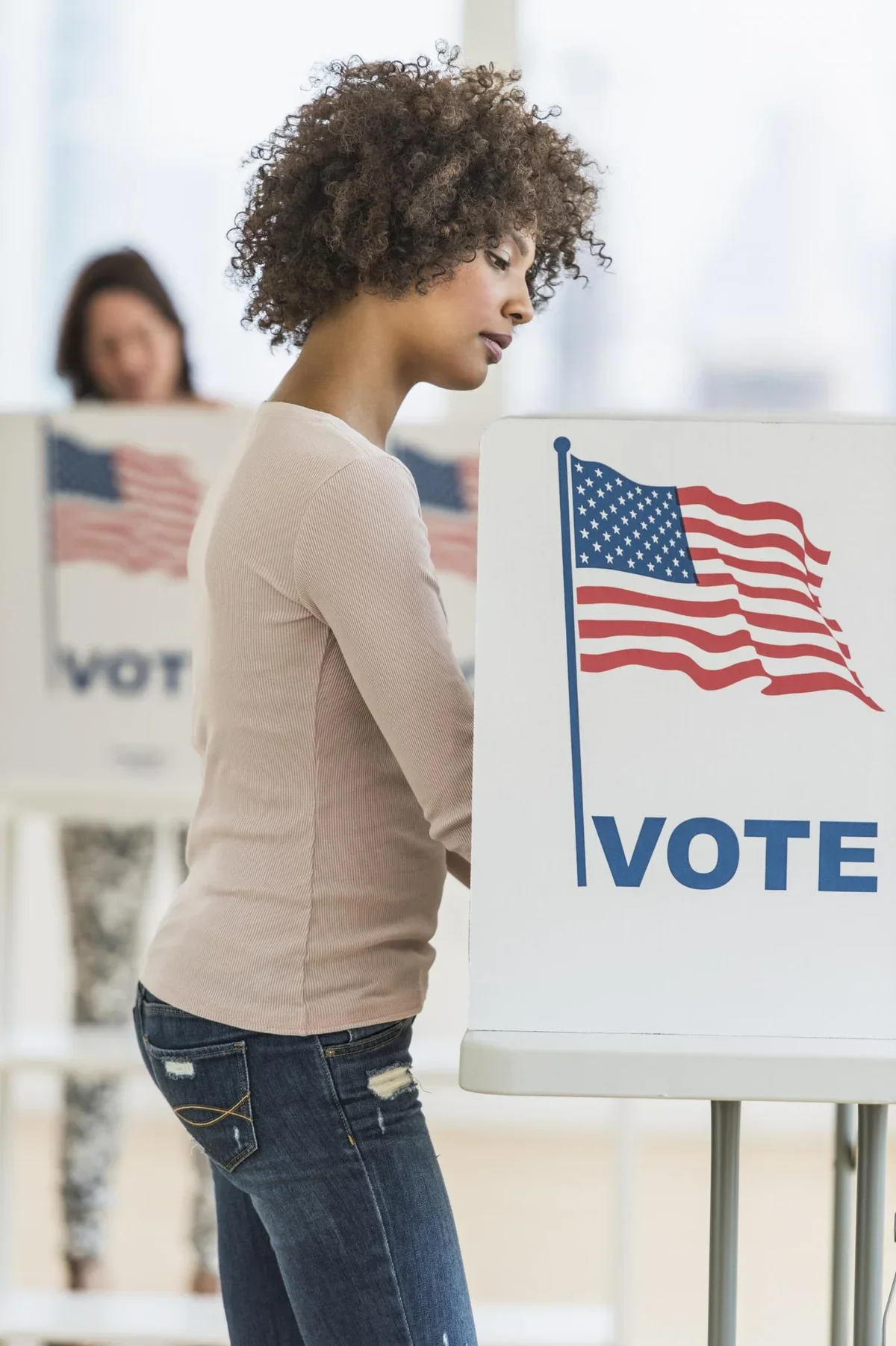
Images of Black women living opulently were once a rarity in mainstream media, but #BlackGirlLuxury helped change that. Since TikTok creator Anita Aloys popularized the concept in 2021, Black women across the globe felt empowered to treat themselves to the finer things in life and claim the financial freedom they had historically been denied. Because there is no singular way of describing luxury for Black women, the hashtag has become a catchall phrase that applies to various lived experiences. “It’s about reshaping narratives and fostering empowerment within the Black community,” Aloys tells ESSENCE.com over a Zoom call.
Thousands of Black women have since contributed to these narratives, generating the visual library they yearn for on the big screen. From living in high-rise apartments to showcasing their expansive designer closets to visiting far-flung places by way of first-class flights and first-rate hotels, these snippets normalize a reality Black women were rarely, if ever, afforded. One free of systematic struggle and instead filled with joy and ease.
As the movement gained traction (the hashtag has garnered millions of views across Instagram and TikTok), it was met with as much support as critique and vitriol. On one hand, some people condemned its commodification of luxury and emphasis on conspicuous consumption, while others called out its failure to meaningfully protest luxury’s exclusionary practices. In response, Aloys’ argument is simple: “This concept transcends the material and delves into the freedom of expression, the right to occupy space unapologetically, and the ability to curate a life rooted in self-love and care.” On the other hand, non-Black people denounced its strict focus on Black women—criticism that was countered with accusations of misogynoir, a term coined by writer and activist Moya Bailey to describe prejudice against Black women.
#BlackGirlLuxury was left relatively unscathed, but a recent TikTok video echoed these conflicts and put its cultural impact into question. “I hate to say it, but Black girl luxury is out,” social media strategist Nick Guillory said in a since-deleted clip about bold 2024 predictions. It struck a nerve and the backlash was swift. One group of supporters rebelled by doubling down on the displays of wealth, while others recorded think pieces about internalized racism and misogynoir (Guillory is a Black man).
Over an email, Guillory apologized for fixating on Black women. “It was wrong for me to single out a community that has historically faced judgment and discrimination for showcasing their hard-earned accomplishments.” His intent was to denounce the trend of broadcasting one’s wealth regardless of who they are. “My broader point was about influencers and the changing dynamics of presenting an authentic lifestyle in today’s economy,” he wrote.
“Conspicuous consumerism would exist with or without the hashtag,” author and diversity and inclusion advocate Danielle Prescod tells ESSENCE.com in an email. “So, you really have to wonder, what is so grating to people,” Prescod adds. For Black shoppers in particular, buying into luxury isn’t simply an aesthetic projection; it is an act of protest, a way to assert their personhood in elitist, mostly white spaces. In her book Fashion Killa, music writer Sowmya Krishnamurthy shares the historical precedence. Consider that in 1740, South Carolina passed what became known as the “Negro Act,” which policed the clothes enslaved people wore and allowed any free person to confiscate attire that seemed above one’s ranks. These racist regulations were eventually abolished, but they laid the foundation for the underrepresentation of Black consumers from corporate boards, advertising campaigns, and editorials. This persevered through the ’90s with luxury brands refusing to associate with hip hop artists or cast Black models in their runway shows, even as they rose in cultural prominence. Through that lens, against the backdrop of relentless discrimination, it’s not hard to grasp the primordial need for the imagery #BlackGirlLuxury has generated. It remains crucial not to conflate this symbolic progress with material change pertaining to inclusion within the luxury space. Despite Black consumers accounting for 20 percent of all luxury spending in the US in 2019, runways and boardrooms remain overwhelmingly white.
Conversely, the movement has also served to bring attention to Black-owned businesses and the need to support them, which is an equally powerful achievement. “Black girl luxury can elevate the Black community especially when we’re in support of Black-owned luxury brands,” Zerina Akers shares in an email. In her experience as a fashion stylist and costume designer who has collaborated with Beyoncé, Akers often works with leading luxury brands, the majority of which are white-owned. “I have a lot of love and appreciation for the luxury industry in general but at times it may or may not love me,” she said. In 2020, she founded Black Owned Everything, a fashion and home marketplace dedicated to uplifting Black entrepreneurs. “I wanted to refocus the perception that we create luxury. We are of it and it is of us.”
While the luxury industry struggles with impactful inclusion strategies, #BlackGirlLuxury is poised to grow as a powerful repertoire of representation and an effective instrument for uplifting Black businesses. For those receptive to the message, it can also inspire meaningful conversations about the role Black consumers play in driving growth in the American luxury sector. It also further proves the importance of appointing Black leaders in decision-making positions and investing in their creative ideas. This has already proven to be lucrative; what the late designer Virgil Abloh did for Louis Vuitton is a shining example. Digitally native campaigns have a way of existing in a bubble, but the impact of #BlackGirlLuxury echoes beyond social media algorithms.







